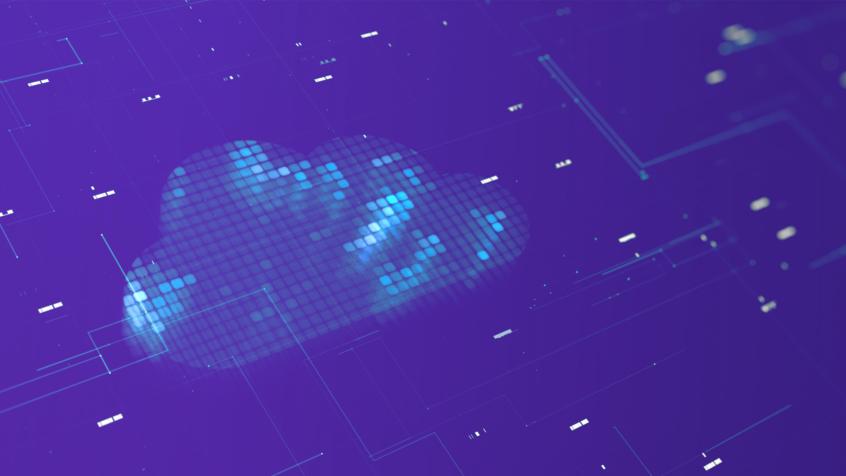Choosing a 3D solution: pretty picture versus producibility
I have spent almost 10 years making the case for 3D technology in the apparel industry.

Evolution of 3D Technology in Fashion: From Technical Tool to Designer-Friendly Solutions
When 3D companies began their messaging campaigns to brands and retailers about 10 years ago, they were mainly targeting the product development, pattern design, and technical design teams. The message was clear that pattern makers and technical designers would now have a new tool to check patterns and validate fit prior to moving forward in production. They were also messaging that the 3D prototype could be used to collaborate internally. This would lower the number of samples in the prototype and development stages as well as speed up the process and save sample cost. Totally logical and something that lines up with how other industries I mentioned earlier used 3D.
Enter the design teams into the collaborative process and the messaging started to change. Simply put, 10 years ago, 3D was not very real looking. The way I have heard it described most often is “cartoony”. So, designers were completely turned off to this process and held firm that they needed to see and touch the physical sample.
Designers also hated another thing about the original 3D solutions in the market. The fact that they were pattern reliant systems, again was a non-starter for designers. Designers are creative people. They want to be able to imagine and create things outside the box. Patterns would create a box. You see, a pattern has geometry and numerical values that designers feel hinder their creativity. So, again, designers wanted to know part of 3D. They held on tightly to those Adobe Illustrator licenses.
Although these early 3D solution companies had opened the doors, created the interest in 3D, and were the winners both financially and in the number of customers, the tide was changing. The industry started to demand a solution that could produce more realistic 3D images and was friendlier to design teams. To achieve a true digital collaboration workflow, design had to be included.
About 5 or 6 years ago, the technology started to get better. There were now more accurate ways of measuring fabric properties, simulation speeds got faster, and rendering capabilities made the digital prototype now look more real. This new focus on “pretty pictures” rather than on fit and pattern accuracy brought new 3D only solutions into the marketplace who were more than ready to compete.
3D Adoption in Fashion: Balancing Design Flexibility, Pattern Accuracy, and Workflow Efficiency
When I look back at the state of 3D adoption over the past 6 years, many things became clear:
- Most companies who were early adopters of 3D, what I call the pattern reliant solutions, today own at least 2 or 3 solutions for their 3D workflows. This tells me that none are providing 100% of what these companies need.
- Many companies have opted for 3D design solutions that are independent or less dependent on pattern data. This workflow is a fragmented one where you have a 2D solution and 3D solution that do not speak directly to each other. This means data conversion is a must. Data conversions are not perfect. Some information gets lost, is distorted, or lost completely. Pattern clean up and even complete pattern re-dos are common. So, ask yourself the question: “Is a workflow using the same 2D and 3D solution and maintaining clean and consistent data, a faster and more production reliable process?” My answer is yes.
- Circling back to point #1, even with 2 or 3 solutions, designers are not totally content. What is actually happening is that design teams are opting for 3D solutions that are easier than the pattern reliant solutions. However, what they really want is their comfortable Adobe Illustrator environment where you push a button and a 3D image is created. No solution can do that…. yet.
- The design-driven 3 solutions can create a quick look, allow for easy changes to be made, and produce a pretty nice image. However, I would not rely on the pattern geometry produced in these types of solutions to start production. A true pattern design solution would need to come into play. In essence, go back to the beginning to put that style seen in 3D into production. Double the work in my opinion.
- Some of the issues that have been expressed by several companies using a 3D design solution have been “what you see is not necessarily what you get”. The “pretty picture” these companies show to clients, buyers, or even host on their website is not exactly what is produced in the physical world. The product does not look the same and because of the lack of pattern validity, does not fit as expected.
As a former manufacturer myself, I have always believed that brands are built by consistent fit, consistent quality, and great design. Ask yourself why you buy certain jeans or dresses from a brand. The answer is usually, “it always fits”. Great fit starts with great patterns. Rather than looking at 3D as a “silver bullet” for all of your workflow bottlenecks, look at it as a new tool to better the process. In the same way manual pattern making was replaced by digital systems for efficiency, 3D is a new efficiency tool we have in the arsenal. Proper adoption of a 3D solution can make you more efficient, save time, save money and, with fewer samples and waste, be more sustainable.
What’s next then for 3D?
After 10 years of seeing the evolution of both the technology and the implementation, I see the use of two 3D solutions in the workflow as the best model.
I would implement a pattern reliant 3D solution in my pattern or technical design area. This will give these teams a new tool to validate fit and patterns which will lead to less wasted samples and faster time to market. 3D for fit is what I call this area. Apart from fit and pattern validation, these teams will be able to scale and place artwork, logos, and graphic prints accurately. Again, when they are comfortable with fit and any art placement, there is a production-ready pattern ready to go into production immediately and with absolute confidence of accuracy.
For my design team, I would choose an easy and agile 3D design solution that is not connected to a pattern. The teams involved with this solution would be designers, merchandisers, and product developers. The goal here is to have something better than a flat Illustrator sketch to share in the design process. Designers can iterate style changes in minutes and share with merchandisers and development teams. I may also create a separate team to use a 3rd party rendering solution to create photorealistic images that I may use online or in a 3D store setup. Although most of the 3D solutions out there have good rendering capability, nothing will make a “pretty picture” than a dedicated rendering solution.
Once the style is adopted, the next steps would depend on the workflow of the company. If there is an in-house pattern department, they get the style, develop the pattern, and start fitting it on a 3D avatar, body scan, or imported body form. Once fit is approved in 3D, it is sent to production. If there is no in-house pattern department, then a tech pack is usually sent to overseas factories and they make the first pattern. Now the technical design team receives the pattern and, using the 3D avatars, checks fit, provides corrections or comments if needed, and decides on the final approval. We are already seeing factories communicating with US brands and retailers with both a pattern and 3D prototype. This is the correct approach, but a conversation for a later date.
We will see some new developments in 2020 in the 3D space. Some 2D solutions that were a bit late to the 3D “game” have had the benefit of learning what works and what doesn’t for 3D adoption. These solutions will develop based on data of what companies really need from their 3D solutions. The well-known 3D solutions have been trying to outdo one another for years by, in many cases, adding flashy new features that make a good LinkedIn post, but offer little value in a real workflow.
The best practice is to have one seamless data stream throughout my 2D and 3D process. I encourage companies who have not adopted 3D yet to choose a company that is a solution partner, rather than a one trick pony. You want a forward-thinking partner who will be able to offer a range of solutions in this increasingly competitive retail environment.
Remember, 3D is a new part of the workflow. However, to be profitable you will need solutions to help you utilize fabric more efficiently, manage your production orders, automate your manufacturing floor, and connect it all in their own, not a 3rd party, lifecycle management system. Do your homework. There is a company out there doing all of these things.
Related content









